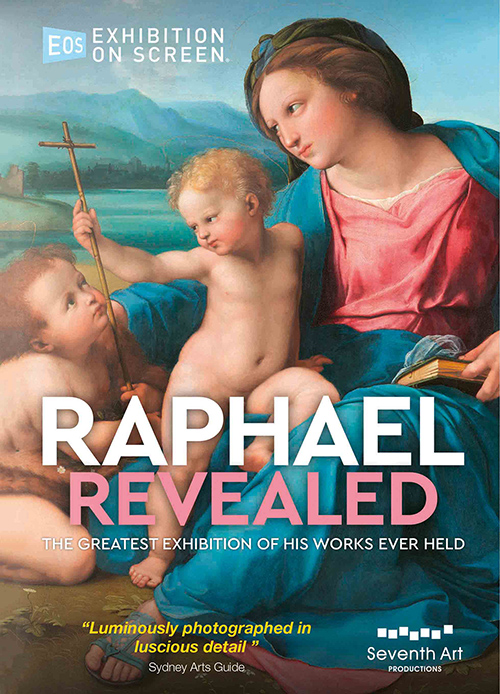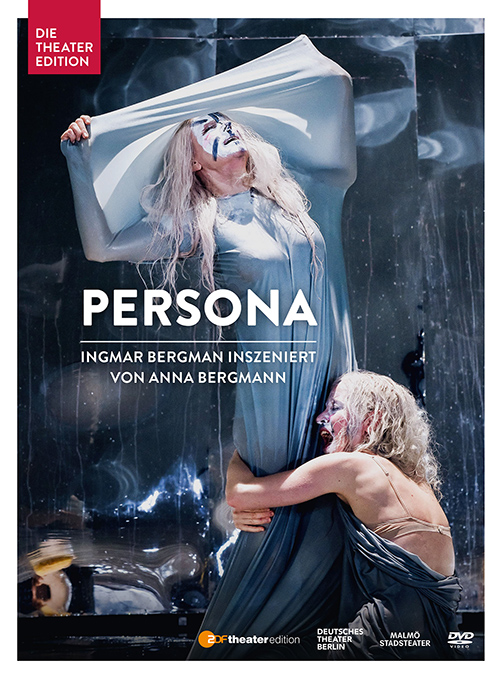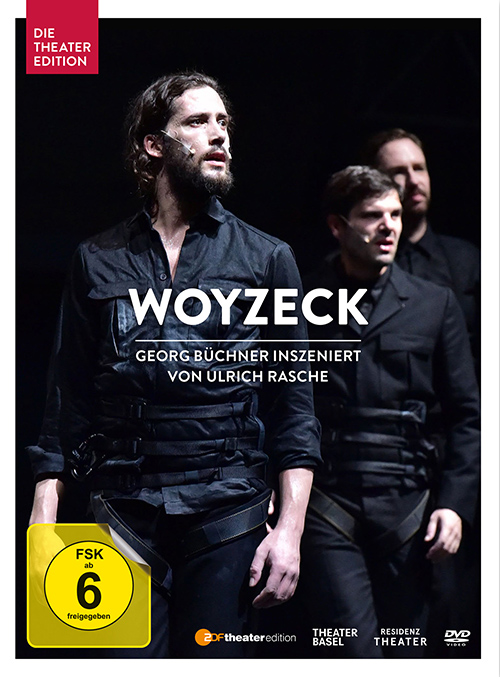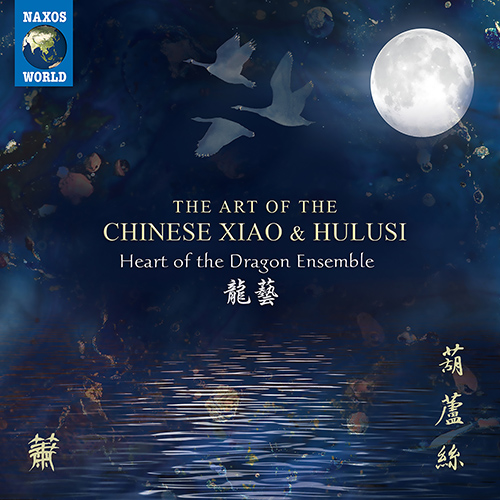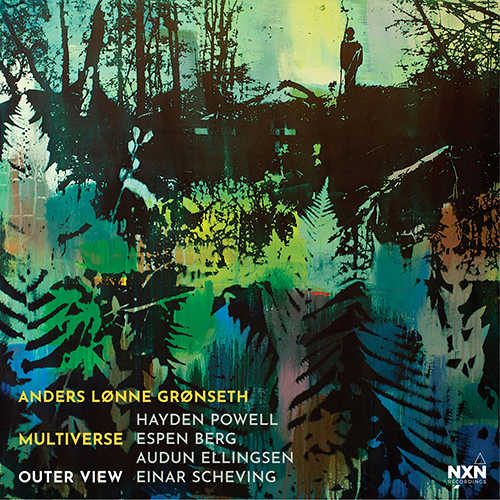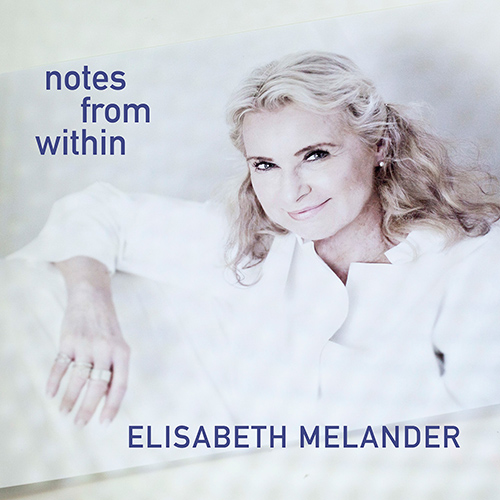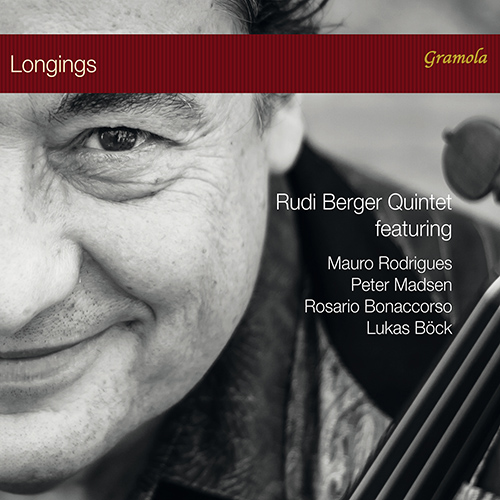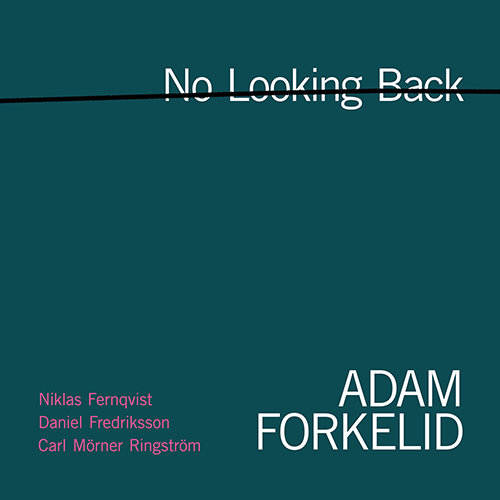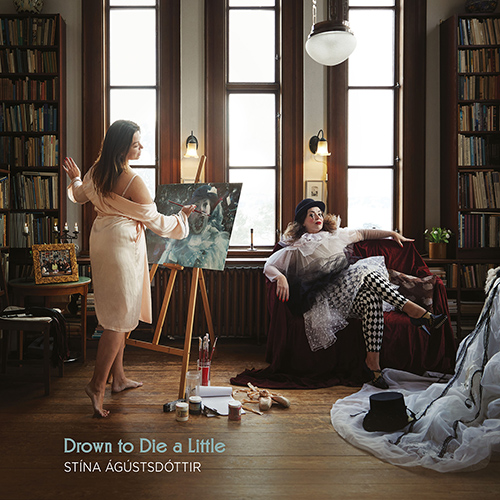In addition to its own wide-reaching monthly new releases (see www.naxos.com/newreleases.asp), Naxos also distributes several leading labels in many countries around the world. Here is a choice selection of recent releases from some of these distributed labels.
Accentus Music is a leading production company recording international concert events, operas, and ballets; the company also produces CDs and feature-length artist portraits and documentary films on music-related subjects drawn from culture, politics, and society. The firm, situated in Leipzig, relies on an experienced team of producers, directors, camera operators, recording engineers, and editors. It was founded in 2010 for the classical music market, together with the DVD and CD label of the same name.
Today, Accentus Music is one of the most important audiovisual production companies in the field of classical music. The completely self-produced programme – from 15 to 25 audiovisual productions plus 10 to 15 audio productions each year – is offered internationally on the firm’s own DVD and CD label and through TV networks and internet outlets.
Ludwig van Beethoven wrote his 10 Violin Sonatas between 1797 and 1812. The Sonatas Nos. 1-9 were written between 1797 and 1803, and nearly ten years later he completed Sonata No. 10 (Opus 96). Beethoven premiered all his early piano works himself, which might be why he called them Sonatas for Pianoforte and Violin. In the spirit of W.A. Mozart’s redefinition of the genre, who elevated the violin from its previously only accompanying role, and in spite of today’s common designation as ‘violin sonatas’ both instrumental parts in Beethoven’s sonatas are on an equal musical footing.
In 2020, the anniversary year surrounding Beethoven’s 250th birthday, the Korean violinist Clara-Jumi Kang and her partner on the piano, Sunwook Kim, took on this special cycle of chamber music works. Kang first worked on one of Beethoven’s sonatas, the Fifth, at the tender age of eight and can already look back on an extremely successful international career. With Sunwook Kim, she has an exceptionally experienced Beethoven interpreter at her side, whose recordings of the piano sonatas, among others, have received high accolades around the globe. Together they have developed an inspiring and very personal reading of Beethoven’s sonatas, of which this complete recording bears impressive witness.
Carl Philipp Emanuel Bach thought highly of the art of his father, Johann Sebastian. However, this did not prevent him from pursuing his own path. Even when Carl Philipp Emanuel made himself a candidate for the position of Thomaskantor as Johann Sebastian’s successor, he did not reverently demonstrate his artistic ties to his father. Instead, he accentuated his compositional independence in one of his first choral works and confidently presented himself with a Magnificat. In Leipzig, this would inevitably subject him to direct comparison with his father, who, at the age of 38, as the newly appointed Thomaskantor, had also presented a Magnificat as his first major work on July 2, 1723. To this day, Carl Philipp Emanuel’s Magnificat is measured against that of his father.
ArcoDiva’s new release presents oboe music of ‘a Moravian in Vienna’ – Paul Wranitzky (1756–1808). In his day, Paul Wranitzky was one of the most highly regarded musicians in Europe. Moravian by birth, the composer moved to Vienna as many aspiring musicians did and quickly achieved a reputation as a remarkable and versatile composer of operas, chamber music, and symphonies. You can enjoy the world premieres of Wranitzky’s Works for Oboe, delightfully interpreted by Wranitzky Kapelle conducted by Marek Štilec. The oboe parts are played by eminent oboist Vilém Veverka.
‘Increasingly, Shostakovich’s music is captivating people all over the world and appealing to their deepest emotions. Almost like no other, it bears witness to a traumatic political epoch while remaining a timeless expression of existential human feeling and experience. For me personally’, said conductor Mariss Jansons, who died two years ago, ‘Shostakovich is one of the most serious and sincere composers of them all.’ Now BR-Klassik is releasing two more outstanding performances by this important Soviet-Russian composer: his impressive Concerto for Piano, Trumpet and String Orchestra, and his Ninth Symphony – performed live by the Symphonieorchester des Bayerischen Rundfunks under its long-time principal conductor Mariss Jansons.
As pianist, conductor and composer, Ole Schmidt (1928–2010) was one of the great polymaths of the Nordic musical world. His music was influenced by Bartók, Stravinsky and the French school and is underpinned by a certain Nordic clarity. It combines rhythmic energy, high concentration, elemental expressivity and deadpan humour. Schmidt’s experience on the podium gave him an inside track on the working of the orchestra, and his pragmatism and refinement are evident in his larger scores, including the three momentous concertos on this album.
The album is recorded by Aalborg Symphony Orchestra, conducted by Giordano Bellincampi with brass soloists of the Berliner Philharmoniker: Stefan Dohr (French horn), Gábor Tarkövi (trumpet), Jesper Busk Sørensen (trombone) and Jens Bjørn-Larsen (tuba).
When George Gershwin presented his Rhapsody in Blue at Manhattan’s Aeolian Hall in 1924, Jazz had finally found its way into the classical concert halls. Only one year later, the Concerto in F followed, characterised by jazzy motifs and themes whilst bearing all the hallmarks of the instrumental concertos of the previous 150 years. After its premiere on December 3, 1925, at New York’s Carnegie Hall, the composer Gershwin became a fully established classical concert composer. The Concerto for Piano (2020) was composed for Karl Eichinger as a commission of the state of Lower Austria by the 1990 Vienna-born Daniel Muck, who has always felt a stylistic connection with Gershwin.
These works share the common key of E flat Major but represent two very different stages in the composer’s life. The Piano Concerto No. 0, WoO 4, written when Beethoven was 13 years old, is one of his earliest works. With the orchestral score lost, this extant version for piano solo written in Beethoven’s hand includes the tutti sections reduced for piano. The radiant ‘Emperor’ Concerto shows the 38-year-old Beethoven at the peak of his creative powers, and remains a glorious example of his spirit triumphing over life’s adversities.
This new release is pianist-conductor Lars Vogt’s debut album together with the Orchestre de Chambre de Paris. Lars Vogt started his tenure as the new Music Director of the orchestra on 1 July 2020. This album release continues Lars Vogt’s discography of recordings of cornerstone works within the classic piano concerto literature conducting from the keyboard. Previous album releases include the complete piano concertos of Beethoven and Brahms with the Royal Northern Sinfonia. In 2021, Lars Vogt won the OPUS Klassik award for the best solo piano album release of the year from his recent Janáček solo album release (ODE1382-2). In January 2022, the same album also won an ICMA Award.
After the great success of her debut album (a 2021 OPUS KLASSIK award winner) and her duo album with pianist En-Chia Lin, Selina Ott teams up with renowned pianist Maria Radutu for her third recording, in which Dirk Kaftan conducts the ORF RSO in three works by Dmitri Shostakovich, André Jolivet and Mieczysław Weinberg. Shostakovich’s Concerto for Piano, Trumpet and String Orchestra (1933) is notable for a prevailing parodistic tone, which features in hardly any of his other works. Many of the themes that lend the music a distorted, grotesque face are assigned to the trumpet. Although the instrumentation for André Jolivet’s Concertino (trumpet, strings and piano) is the same as that for the Shostakovich, the latter is more of a piano concerto, while Jolivet’s is more of a trumpet concerto. Like Shostakovich, Mieczysław Weinberg also incorporates several quotations into the final movement of his Trumpet Concerto (1967) – the fanfare from Mendelssohn’s Wedding March, for example. Referred to by Shostakovich as ‘a symphony for trumpet and orchestra’, the work presents music with a taut inner structure and logical consistency.
Witold Rowicki, one of Poland’s most important conductors of the 20th century and a leading figure of his generation, was internationally recognised, not least for his recordings of the complete Dvořák symphonies with the London Symphony Orchestra, and for his impulsive Tchaikovsky performances. In his native country, he was admired as the conductor to whom Witold Lutosławski dedicated his brilliant Concerto for Orchestra and as someone who passionately promoted the music of his compatriots.
The Tchaikovsky studio recordings presented here were made in 1962 (Symphony No. 5) and 1969 (Symphony No. 6) with the SWR Sinfonieorchester Baden-Baden und Freiburg (known at the time as the Südwestfunk Symphony Orchestra), and in 1979 (Nutcracker Suite) with the Stuttgart Radio Symphony Orchestra. Rowicki made many other appearances with German orchestras, each of them enthusiastically greeted by the press and the public.
Two gems from the ORF Archive (Austria Broadcasting Corporation): It took Frank Martin a long time to respond to a deep-seated inner calling to write his Requiem: ‘What I have tried to express here is the clear will to accept death; to make peace with it.’ Martin composed his Requiem in 1971/72, utilising a full palette of orchestral sound and exploring every opportunity for vocal interplay. Leoš Janáček’s setting of Otčenáš (The Lord’s Prayer) is not a conventionally religious work. The Czech composer was more interested in its social aspects than any theological musings. Conductor Leif Segerstam, the chief conductor of the ORF Vienna Radio Symphony Orchestra from 1975 to 1983, loved to surprise his public with a non-mainstream repertoire. These two live recordings he made have now been restored, re-mastered and released for the first time.
For most of the 20th century, the two giants of Hungarian music were Bartók and Kodály. Following his sensational global activities in the mid-60s, György Ligeti, a student of Kodály, was added to that list. Kodály was one of the most significant early figures in the field of ethnomusicology. He also composed prolifically for choirs. His works on this programme chart his development from the world of late romanticism to the mini-cantata Mátrai képek (Mátra pictures), including a shimmering performance of Esti Dal (Evening Song), his most beloved choral work.
Most of Ligeti’s compositions for a cappella choir was written in the mid-50s while he was still in Budapest. Alongside his numerous folk song arrangements, are pieces that push the sonic boundaries with clusters and onomatopoeic sounds. The shimmering and justifiably famous Lux Aeterna demonstrates his mature style, while the emotional Drei Phantasien delivers an example of his late Post-Modernist style.
For this very special and demanding repertoire, both teacher and student are in good hands with the Danish National Vocal Ensemble and conductor Marcus Creed. Audiophiles will also be richly rewarded with the vivid imaging and ‘as real as it gets’ sonic presence thanks to producer Michael Emery and technician Mikkel Nymand. A Dolby Atmos release is being planned.
This fascinating and radiant La Grande Guerra – Requiem in memoriam (The Great War – Requiem in memoriam) is a mark of profound gratitude and a deeply felt remembrance, composed to preserve the memory of those who have lost their precious lives on the battlefields between 1914 and 1918. A multitude of young people had sacrificed to serve their country and honour fraternity, a warning for today’s generations and an appeal to life through a new work that unites with the past using today’s forms of artistic expression through music, which is able to touch emotions and opens the door to infinite possibilities, reaffirming the longing for peace and hope that we carry with us in our hearts. Maurizio Dones and Marco Taralli, two internationally recognised musicians, composed this fascinating work. The result is a fascinating and radiant requiem that appeals on first hearing.Despite its virtuoso touches and rough edges, Requiem in memoriam charms novices and captivates performers.
Founded in 1964 by Anders Öhrwall to specialise in baroque music, Adolf Fredrik Bach Choir had developed extraordinary prestige for their performances of works by Johann Sebastian Bach as well as arrangements of traditional music by their conductor and founder Anders Öhrwall. Through various activities such as concert tours, recordings, radio and television broadcasts, the ensemble became one of Sweden’s most highly-regarded choirs. This album features their performances of J.S. Bach’s cantatas BWV 106, 140, and 243 recorded in Adolf Fredrik Church in 1972 and 1974. One of the first published cantatas after Bach’s death, BWV 106, was intended for a funeral. The well-known and best-loved sacred work, BWV 140, is based on the hymn Wachet auf, ruft uns die Stimme by Philipp Nicolai. Finally, BWV 243 is a liturgical composition in Latin text where Bach highlighted the most popular Gospel canticles, the Magnificat.
GRAMMY Award-winner Alex Klein, the Chicago Symphony Orchestra’s principal oboe emeritus, and pianist Phillip Bush perform works by composers from both sides of the Atlantic who were caught up in or deeply moved by 20th-century political turmoil.
Paul Hindemith’s 1938 Sonata for Oboe and Piano, written in Swiss exile, is said to represent happier days in his native Germany. Pavel Haas’s Suite for Oboe and Piano, composed at the outset of the Nazi occupation of Czechoslovakia, shares the complex musical language of his teacher, Leoš Janáček. William Bolcom’s ultimately hopeful Aubade – for the Continuation of Life, written amid early 1980s fears of nuclear war, forges a fragile coexistence between cello and piano. Benjamin Britten’s Temporal Variations, written on the eve of World War II, expresses the composer’s anti-militarism. José Siqueira wrote his tuneful Three Etudes for Oboe with Piano Accompaniment shortly before fleeing Brazil’s military dictatorship. Klement Slavický’s professional musical career had been derailed by the Czech Communist regime by the time he wrote his virtuosic Suite for Oboe and Piano.
Two landmark works of the chamber repertoire, the piano quintets of Johannes Brahms and Dmitri Shostakovich, are rendered with power and beauty by acclaimed pianist Olga Kern and the path-breaking Dalí Quartet. The winner of many prestigious awards, including the Gold Medal of the Van Cliburn International Piano Competition, the Moscow-born Ms Kern has soloed with leading orchestras around the world. She is making her Delos debut with this album, following a run on the Harmonia Mundi label that included a GRAMMY nomination for Rachmaninov’s Corelli Variations. The Philadelphia-based Dalí Quartet is best known for spearheading an infusion of Latin American works into the chamber repertoire. Rapturously received in its live performances, the Dalí is Quartet in Residence at West Chester University and was the 2021 recipient of the Guarneri String Quartet Residency.
‘This is an album of love. But also of despair. And some things in between. Largely conceived, arranged, rehearsed and recorded during the Covid-19 pandemic, Songs of Love & Despair contains the music that we were drawn to during this time – a time of unprecedented stillness and solitude, travelling at most a few miles from our home for months on end. As a married couple, we were fortunate to be able to play music together every day, and this collection of repertoire is half love, half longing; from the delicate beauty of Debussy and the joyousness of Boccherini to the anguish of Messiaen and heart-breaking Appalachian folk songs, which tell the stories of love, life and loss. The album is a testament to this time, and we welcome you to join us as we traverse the emotions that have enveloped us all.’ – Rupert Boyd
Barbella composed his Six Duos for two violins or two mandolins. This was a customary musical practice during his time, during which musicians adapted musical compositions for various instruments. Barbella also composed music for mandolin alone, like sonata, duos, divertimenti, and a mandolin concerto. He combined a refined compositional style, which he learned in the Neapolitan conservatories with techniques and the pizzicato sound of the new mandolin. He designed a new approach to composition and introduced harmonies and sounds that were probably never heard before. Quartetto PizzicArco offers a unique interpretation of the pieces. They perform the Duos not with two violins or two mandolins but with a violin and a mandolin. This release offers an authentic listening experience closer to what the listeners and performers heard during Barbella’s time.
‘This stunning all-analogue [recording] issued by Yarlung Records gathers five works for cello and piano by three Argentinian composers. Included are Alberto Ginastera’s earthy, rhapsodic Second Pampeana and his elegiac, nocturnal Triste, along with Lalo Schifrin’s moody sumptuous Pampas and two urbane tango fantasies by Astor Piazzola (these last two adding a bassist to make a dark-hued trio). Cellist Antonio Lysy and pianist Bryan Pezzone play gorgeously and are gorgeously recorded, the sound immaculately clear and immediate, rich in tonal splendour, and revealing of the venue (Santa Monica’s The Broad Stage). The deeply resonant cello pizzicatos at the end of Schifrin’s Pampas ring off into air-filled space like starlight into infinity.’ – Mark Lehman, The Absolute Sound
Ranging from the 18th century to the music of our time, this collection of critically acclaimed recordings explores the significant contribution to solo piano repertoire made by a wide variety of women composers. These rare and important pieces include the works of the celebrated pianist Anne-Louise Brillon de Jouy and of Hélène de Montgeroult, whose sonatas are distinctive additions to the Classical and early Romantic periods. Maria Szymanowska’s deft dances contrast with the fearsome demands of Teresa Carreño, herself a great virtuoso. Vítězslava Kaprálová was the most important female Czech composer of the 20th century, while Agathe Backer Grøndahl was one of Norway’s most respected composer-pianists. Tanya Ekanayaka continues the lineage in her own diverse and hybrid pieces.
This series marks the 200th anniversary of the birth of Anton Bruckner, which falls in 2024. It’s dedicated to Bruckner’s symphonies, all recorded in new transcriptions for organ by Hansjörg Albrecht. The fourth recording featuring the Third Symphony was made on the impressive organ of St. Peter’s Church, Munich. A bonus track on each volume will be a brand-new composition for organ that references Bruckner the composer. Two or three volumes will be released each year, with the project reaching its conclusion in 2024.
Tero Saarinen’s Third Practice explores radical shifts in values and perspectives. Claudio Monteverdi’s revolutionary, breathtakingly beautiful madrigals are incarnated by twelve dancers and musicians. The Tero Saarinen Company and the Helsinki Baroque Orchestra join forces to create a gripping contemporary fusion of dance, live music, opera and design.
Rooted with Wings is a visual dance documentary that explores the work of internationally acclaimed choreographer and dancer Tero Saarinen, granting the viewer a unique impression of this extraordinary artist’s creative process.
Johann Sebastian Bach’s Goldberg Variations is an impressive example of the art of variation. Otherwise, also known as Part Four of Bach’s Clavier-Übung consisting of an Aria and Diverse Variations intended to ‘refresh the spirits of connoisseurs’. During the pandemic, the pianist Ragna Schirmer performed it for a small audience, mentally dedicating each variation to a different audience member. The result is a magnificent achievement that affords masterly proof of her passion for this work, a passion that has evolved over several decades.
This impressive four-DVD set features four documentaries that revolve around the lives and careers of four of history’s finest conductors. The first is I Am Lost to the World, a documentary about Carlos Kleiber that includes several musical excerpts conducted by Kleiber. The second is Journey of a Lifetime, which focuses on Sir Georg Solti. The film includes interviews with Valerie Solti, Valery Gergiev, and more. Larger than Life revolves around Leonard Bernstein and includes interviews with his children and other music giants like Stephen Sondheim and Gustavo Dudamel. Finally, Maestro for the Screen is about the life of Herbert von Karajan and shows the fascinating development of Karajan’s language for filming orchestral productions and starts with the very first concert production in 1957 in Japan, followed by the impressive cooperation with director Henri Georges Clouzot in 1965 to Karajan’s own film company Telemondial.
Gabriel Fauré considered Umberto Giordano’s Siberia to be one of the most interesting and singular works of the early 20th century. The opera’s tragic narrative follows Prince Alexis’s courtesan Stephana. She falls in love with an innocent soldier, Vassili, who is sent to Siberia for killing the Prince. Stephana gives up her life of luxury to follow him but cannot escape her past. With its intensely Russian atmosphere and passionately soaring melodies, Siberia was Giordano’s favourite among his operas. This acclaimed Fiorentino production was greeted with multiple ovations.
Puccini began to compose Manon Lescaut in 1889. It was an act of supreme bravado as only five years previously Massenet had premiered Manon, based on the same novel by Abbé Prévost. The story is set in France and Louisiana in the early 18th century and focuses on – in a way different to Massenet – the fortunes and tragedy of the hero, the Chevalier des Grieux, and his lover, Manon. Its ceaseless melodic beauty and drama were recognised immediately and the first night was an overwhelming triumph, with Puccini effectively anointed as Verdi’s successor and Italy’s greatest operatic composer.
Ninety years after its 1893 premiere in Turin, the work was staged by the Royal Opera House, Covent Garden. The 1983 production was conducted by Giuseppe Sinopoli, making his British operatic debut to such remarkable effect that The Times referred to him as ‘Europe’s most spectacular new opera star’. The cast included three of the greatest exponents of their roles; Plácido Domingo as the romantic hero whose performance ‘was a cause for drop-jawed wonder’ (The Spectator), the radiant Kiri Te Kanawa as Manon and Thomas Allen as her brother, Lescaut. Director Götz Friedrich’s largely traditional staging proved a major theatrical success.
Raphael was one of the most extraordinary artists of the Renaissance, indeed one of the all-time greats, but is often misunderstood or mythologised. Featuring over two hundred masterpieces, Exhibition on Screen celebrates the life and work of Raffaello Sanzio da Urbino in all his glory. Focussing on the biggest ever exhibition of Raphael’s works – held at Rome’s Scuderie del Quirinale – the film travels throughout Italy and includes unique footage of the ancient Rome that was such a powerful influence, including rare footage of Nero’s Golden House that Raphael himself visited. Directed by award-winning filmmaker Phil Grabsky, the film revels in Raphael’s extraordinary artworks – allowing you to enjoy a fresh look at this giant of the Renaissance and marvel at his skill, creativity and ingenuity.
The celebrated actor Elisabet Vogler has fallen silent. She doesn’t speak anymore. Together with her nurse Alma, the two unequal women spend a carefree summer – until the situation between them shifts. Where is the line between one’s own identity and assigned roles? How is it possible to slip into a different life? Director Anna Bergmann raises questions about power, trust and role images and shows an excellent adaption of Ingmar Bergman’s experimental film.
The Heart of the Dragon ensemble and Chinese composer Jiang Li present this elegant union of ‘East meets West’. Featuring the sophisticated Chinese xiao and the Dai nation’s joyous hulusi, they seamlessly blend a range of traditional Chinese music with western drums, bass, guitar, piano and strings. The result is a beautiful amalgamation of classic Chinese heritage, Dai nation folk history and western influence.
Anders Lønne Grønseth and the band Multiverse launch their third album Outer View. The band has been described as ‘a quintet that rivetingly combines controlled lyricism with a pulsating desire for improvisation’. (Jazzinorge.no) Multiverse has created its own tonal language based on intuitive response, listening interaction and musical openness. This is a jazz quintet that just as easily draws its inspiration from classical modernism, Indian raga or maqam from the Middle East. ‘The whole quintet seems to be controlled by one common brain,’ said one reviewer. The music is performed with great improvisational freedom and close interplay between members of the group who in their own way have proven to be strong representatives of the Nordic jazz of today.
‘In the midst of the escalating pandemic, as social separation and new considerations about life took over, the thoughts and ideas for this jazz album emerged. The album mainly represents my own compositions and lyrics combined with a jazz trio, string quartet and guest soloists. In addition, the great jazz pianist and composer, Lars Jansson, mailed me a bevvy of compositions that inspired me to write the lyrics. What an honour, and for me, a welcome addition, contributing another dimension to my own and other selected songs. Pianist Martin Berggren and I have made music together for several years. This led to the idea of incorporating him and his jazz trio, David Andersson (bass) and Andreas Baw (drums) on my album. Martin has also contributed beautiful string arrangements for the amazing Bergdala String Quartet.
In the process, my intention for the different songs has been to include special guest solo musicians thereby adding a special excitement to the music. I invited some of my favourite soloists, who are also some of Sweden’s most celebrated jazz musicians, Anders Bergcrantz (trumpet), Anders ‘Chico’ Lindvall (guitar), Anders Hagberg (saxophone/flute), and Inge Petersson-Lindbäck (saxophone).’ – Elisabeth Melander
In 2020, the world commemorated Ludwig van Beethoven’s 250th birthday. Accentus Music joined the celebration and released a 4-disc album of the composer’s violin sonatas performed by Clara-Jumi Kang and Sunwook Kim. The duo’s superb performances have enthralled the critics and as Fanfare puts it: ‘If you’re looking for a set of Beethoven’s sonatas for violin and piano that is well-nigh ideal, this one by Clara-Jumi Kang and Sunwook Kim is it.’ Download and enjoy your free track!
*Offer available until April 14, 2022 only.
Make sure you subscribe to receive the Naxos newsletters and watch out for the next offer.


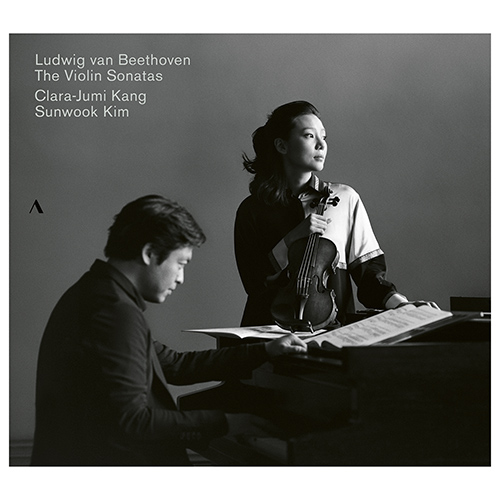
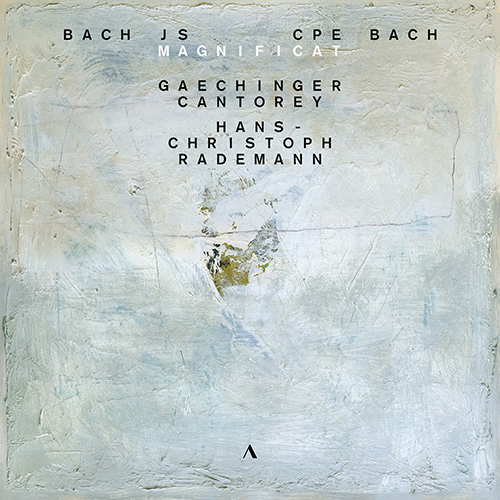
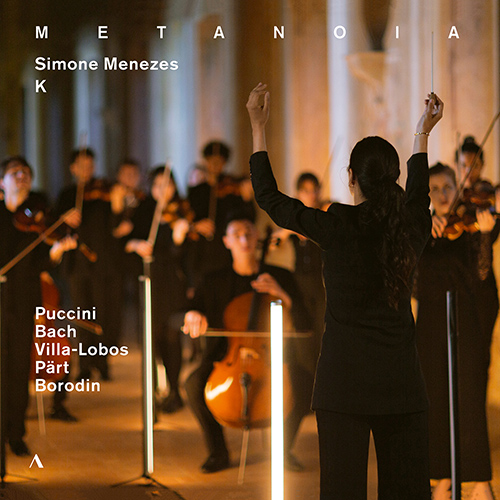
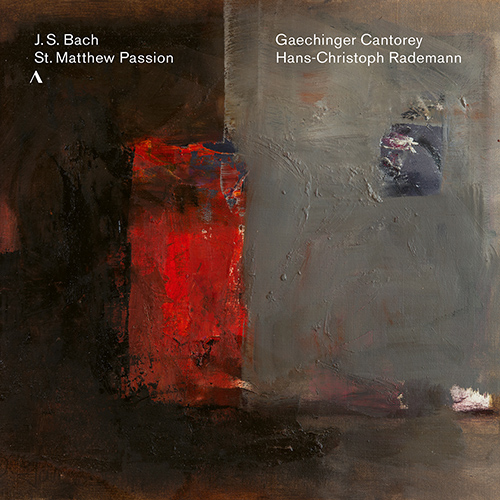
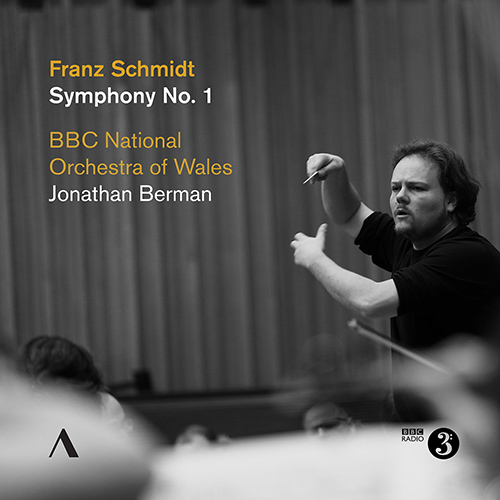
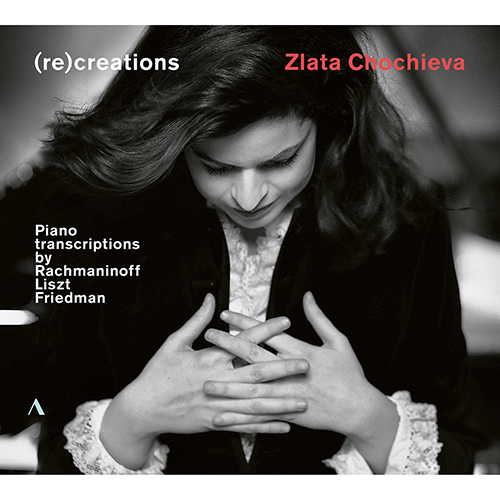
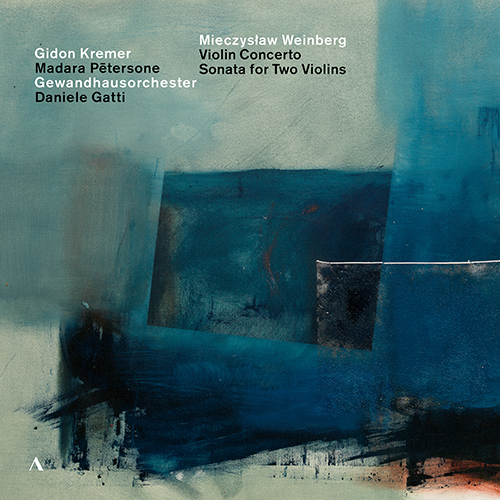
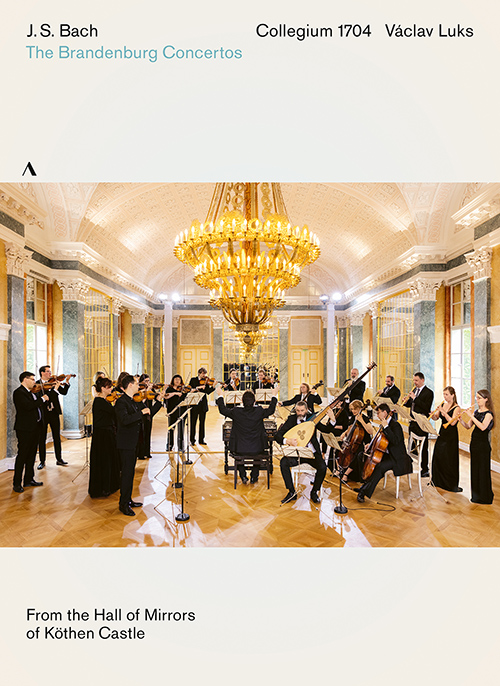
![SPUCK, C.: Winterreise [Ballet] (after F. Schubert and H. Zender) (Zürich Ballet, 2021) (NTSC) SPUCK, C.: Winterreise [Ballet] (after F. Schubert and H. Zender) (Zürich Ballet, 2021) (NTSC)](../../../sharedfiles/images/cds/hires/ACC-20545.jpg)
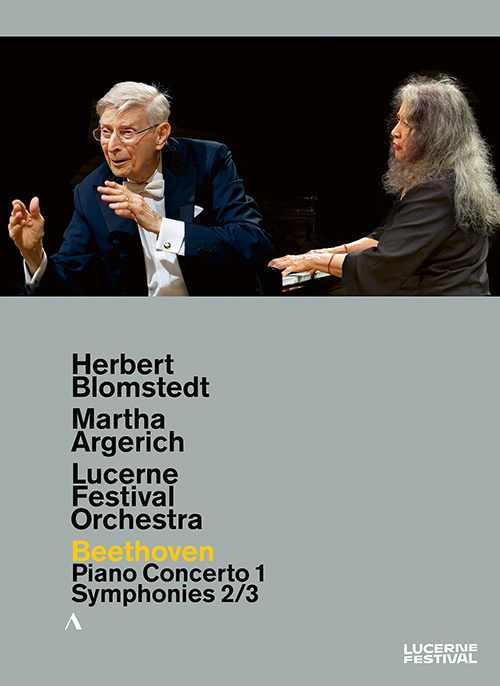
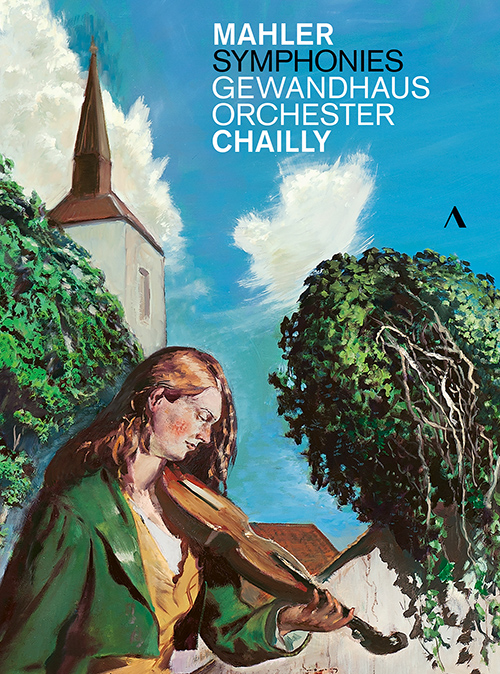
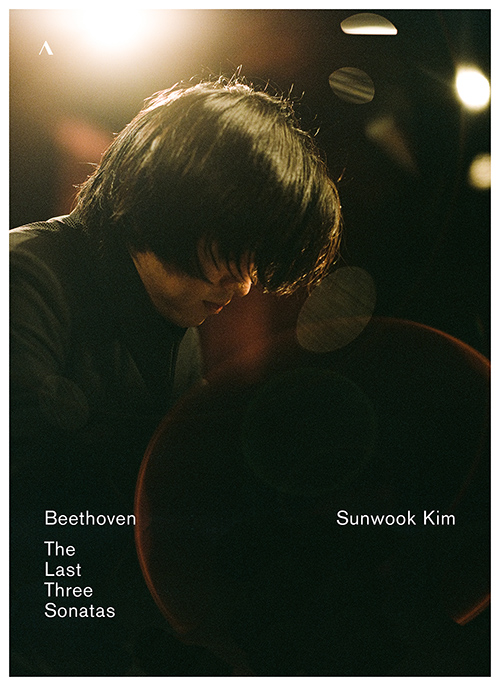
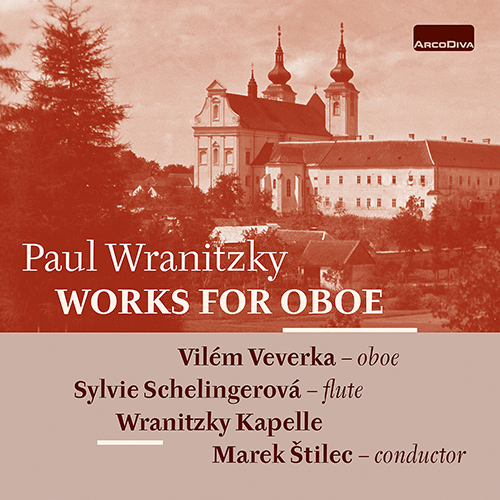
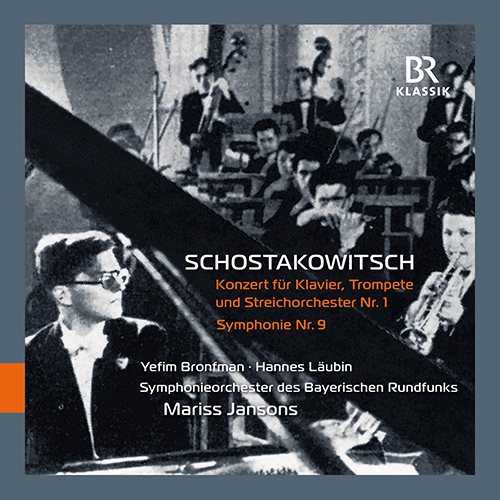
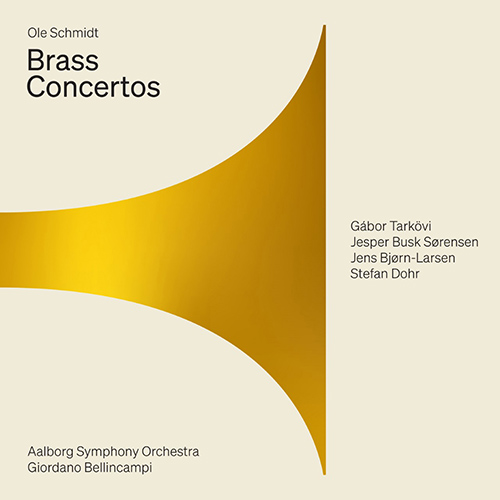
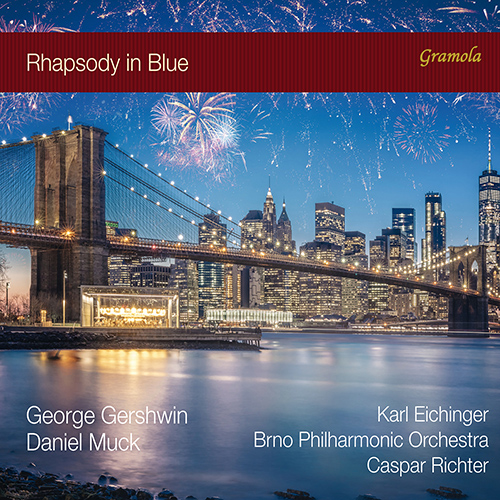
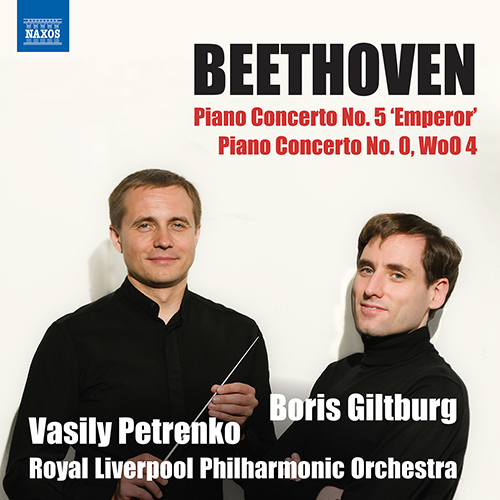
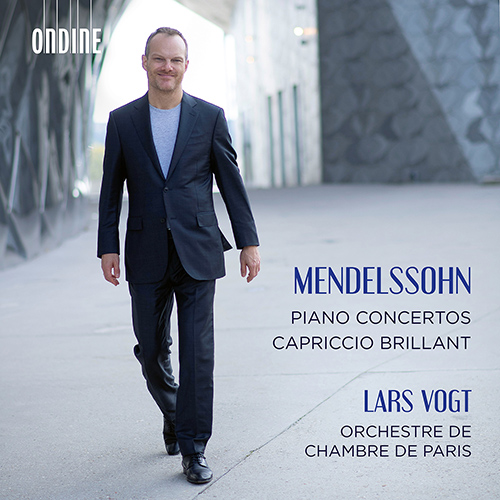
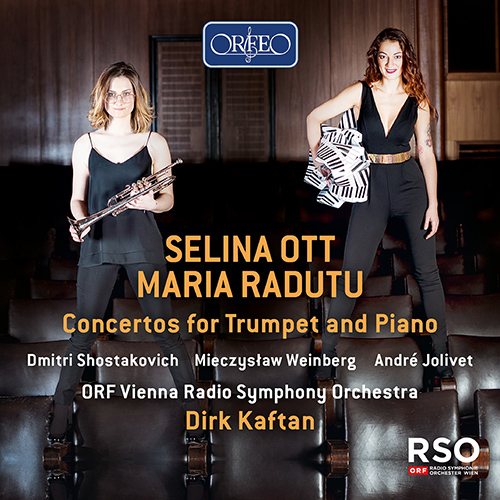
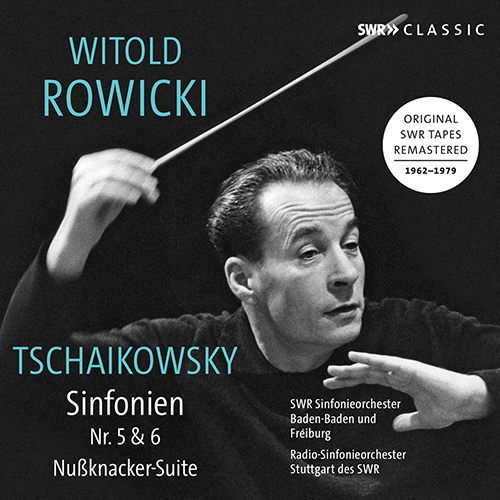
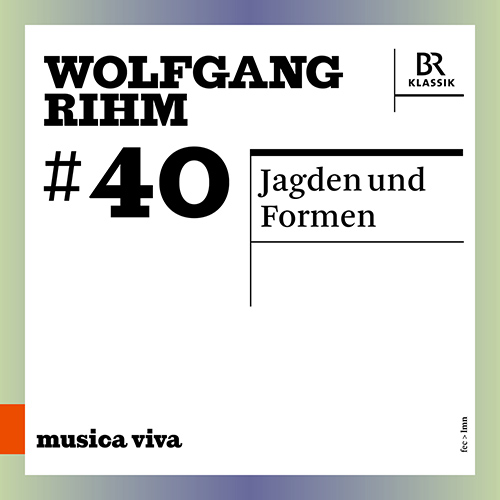
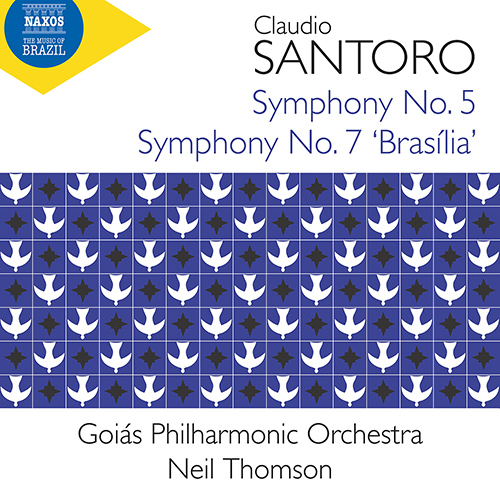
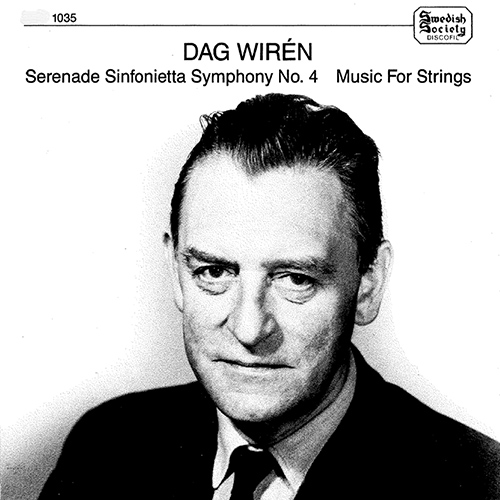
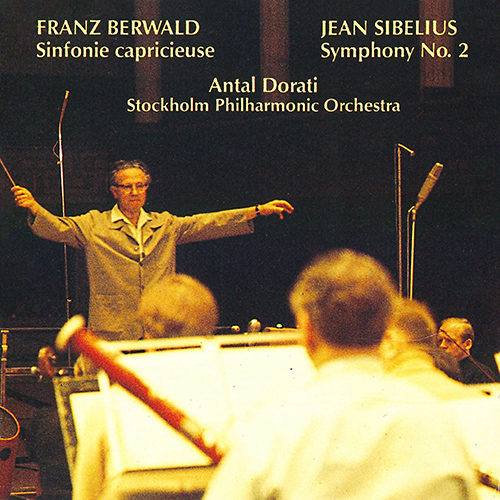
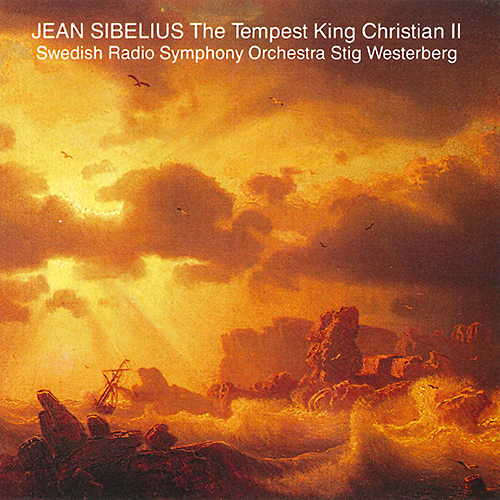
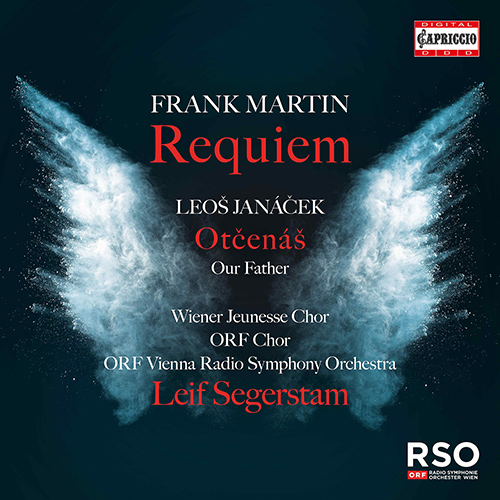
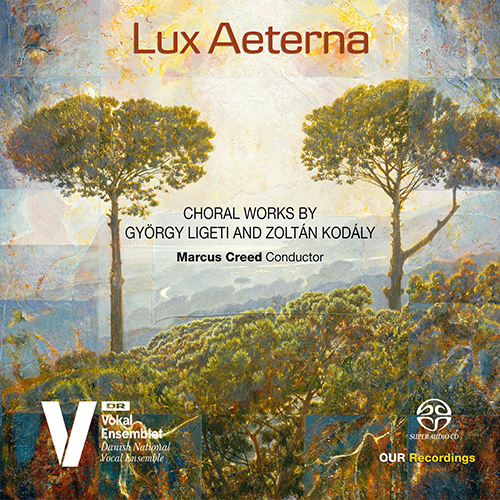
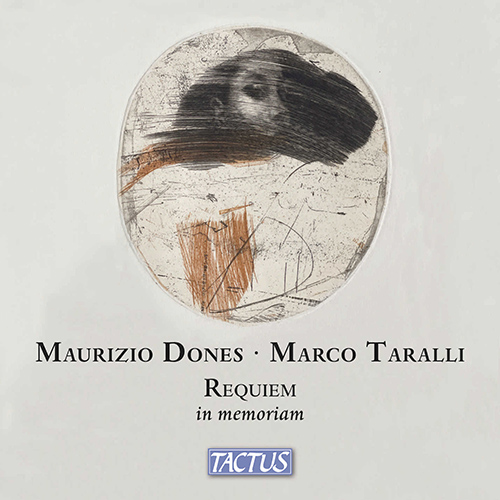
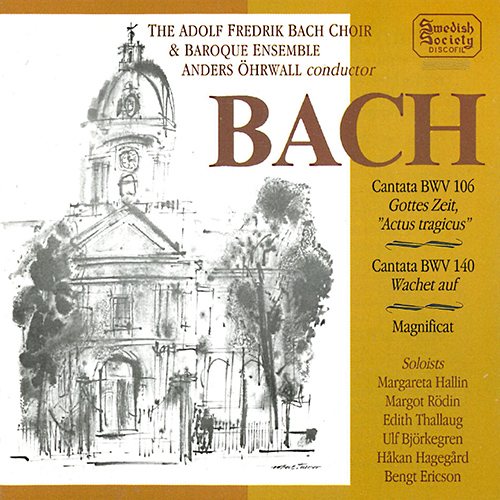
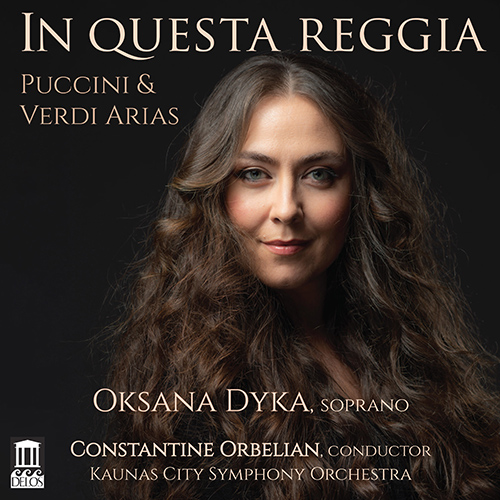
![GIORDANO, U.: Siberia [Opera] (Yoncheva, Sturua, Petean, Fiorentino Maggio Musicale Chorus and Orchestra, Noseda) GIORDANO, U.: Siberia [Opera] (Yoncheva, Sturua, Petean, Fiorentino Maggio Musicale Chorus and Orchestra, Noseda)](../../../sharedfiles/images/cds/hires/CDS7928.02.jpg)
![KORNGOLD, E.W.: Tote Stadt (Die) [Opera] (C. Nylund, K.F. Vogt, Finnish National Opera Children’s Chorus, Chorus and Orchestra, M. Franck) KORNGOLD, E.W.: Tote Stadt (Die) [Opera] (C. Nylund, K.F. Vogt, Finnish National Opera Children’s Chorus, Chorus and Orchestra, M. Franck)](../../../sharedfiles/images/cds/hires/OACD9050D.jpg)
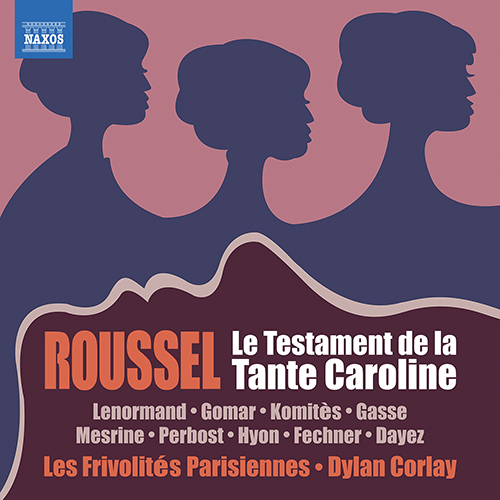
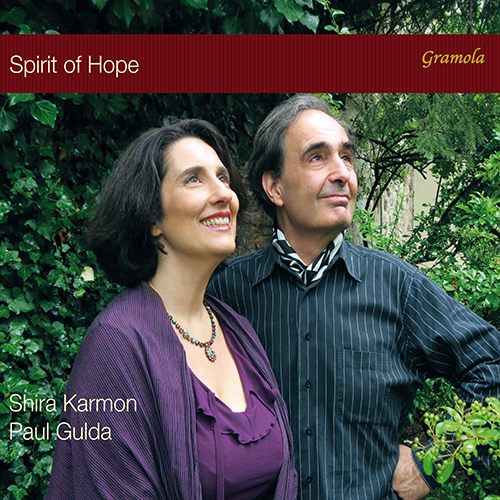
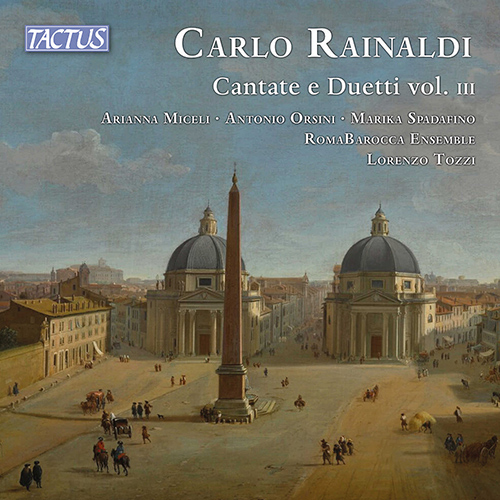
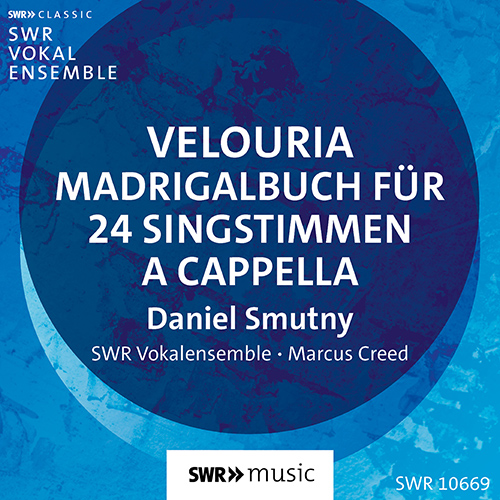
![MATTHESON, J.: Joseph [Oratorio] (Ensemble Paulinum, Pulchra Musica Baroque Orchestra, C. Bonath) MATTHESON, J.: Joseph [Oratorio] (Ensemble Paulinum, Pulchra Musica Baroque Orchestra, C. Bonath)](../../../sharedfiles/images/cds/hires/C5448.jpg)
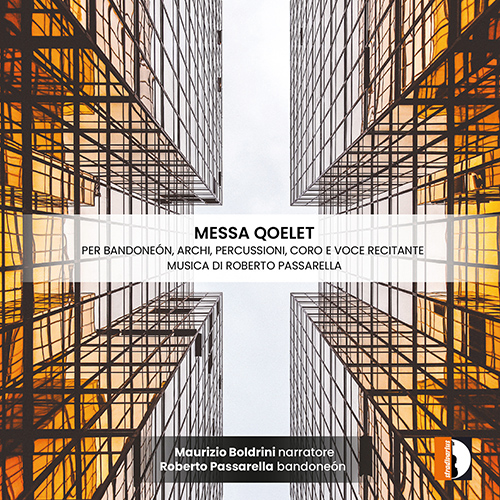
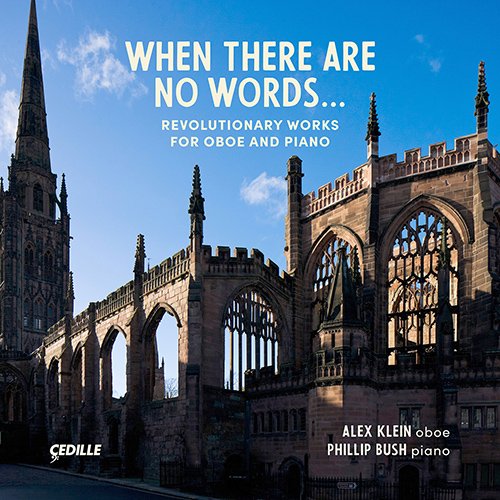
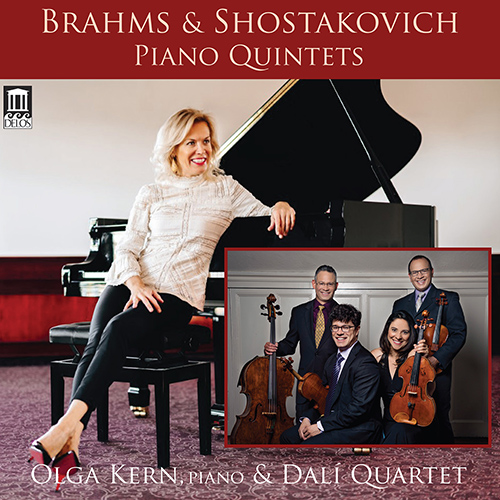
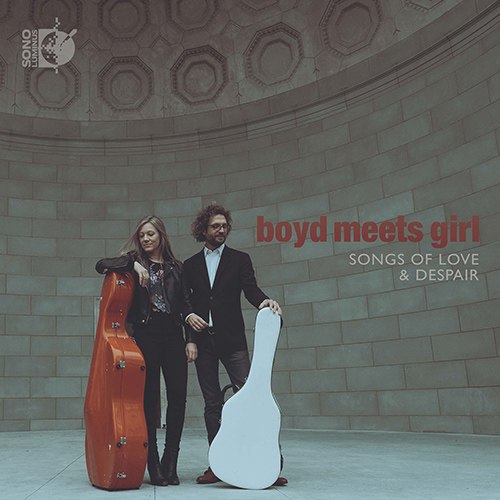
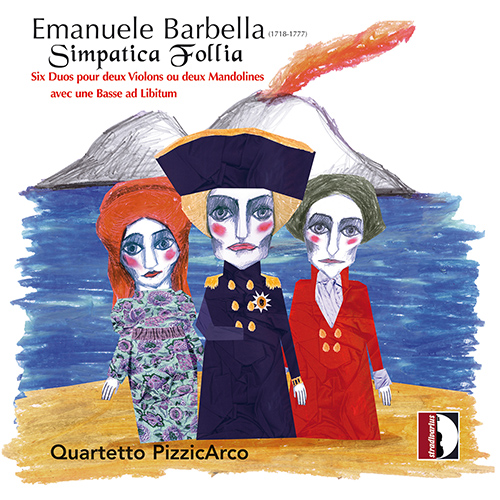
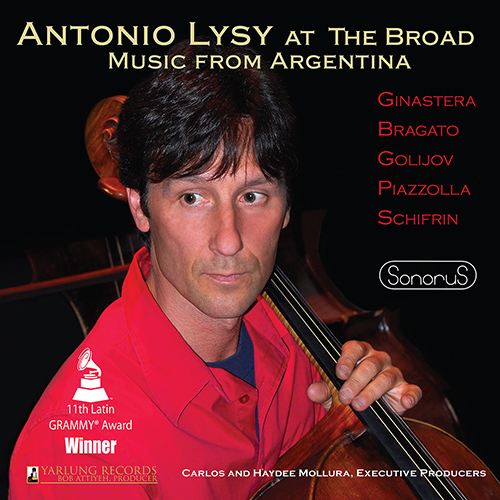
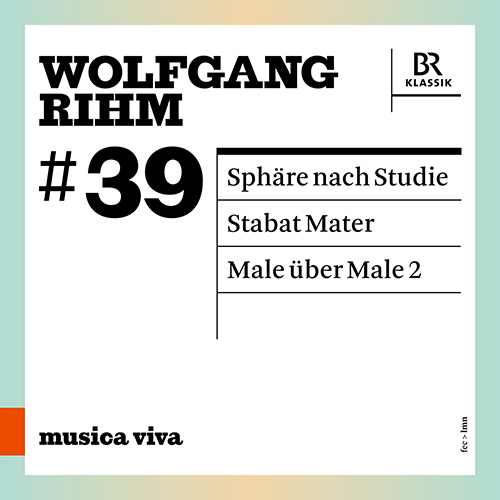
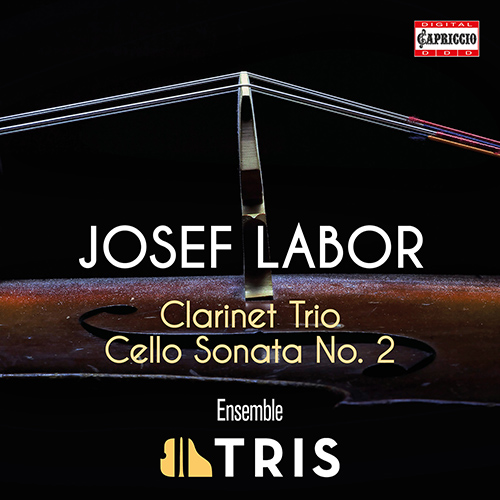
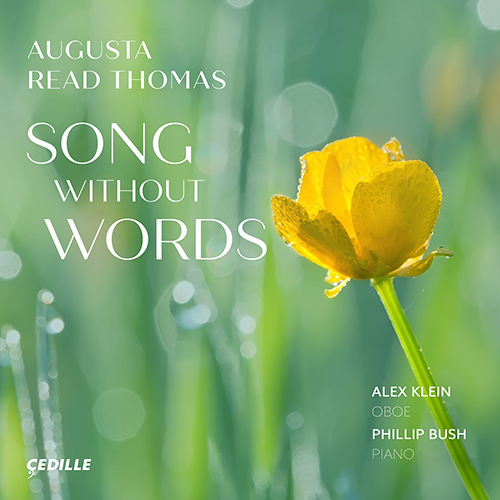

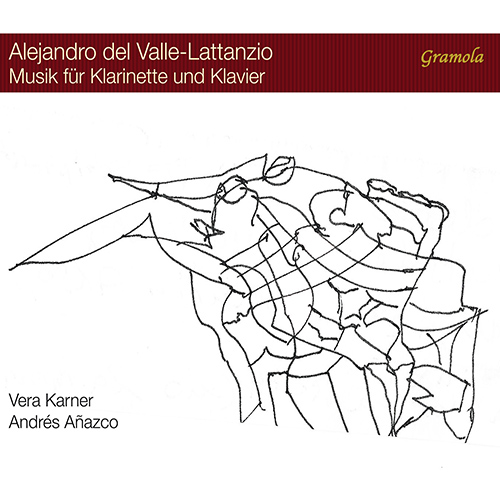
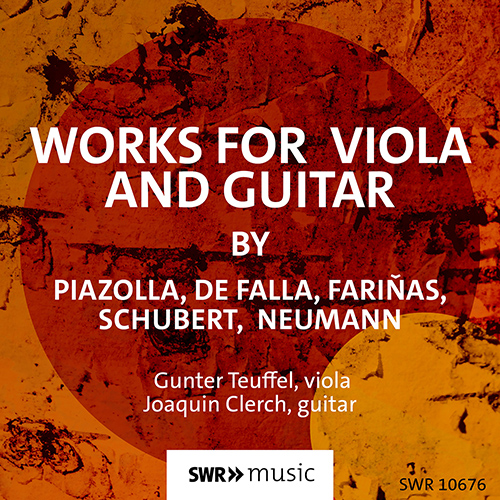
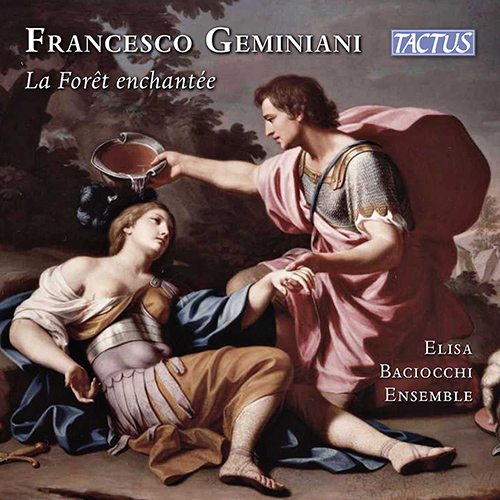
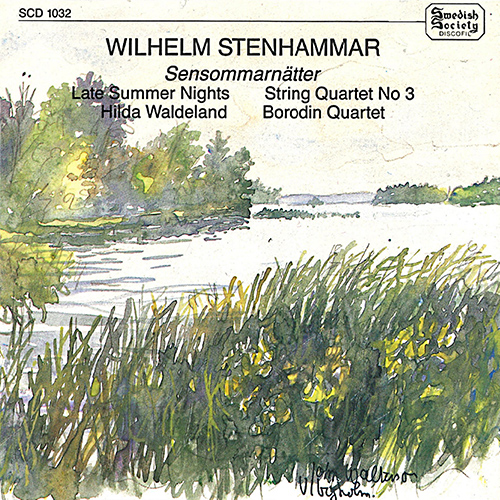
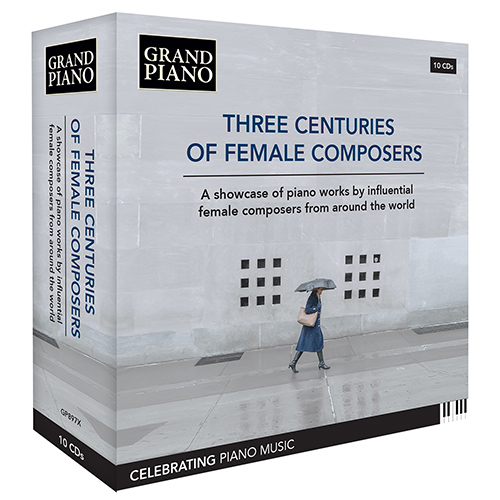
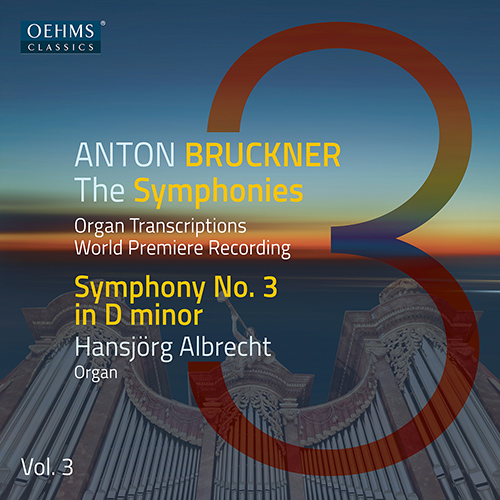
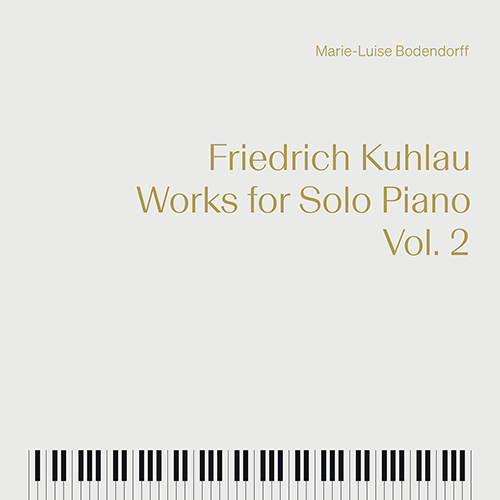
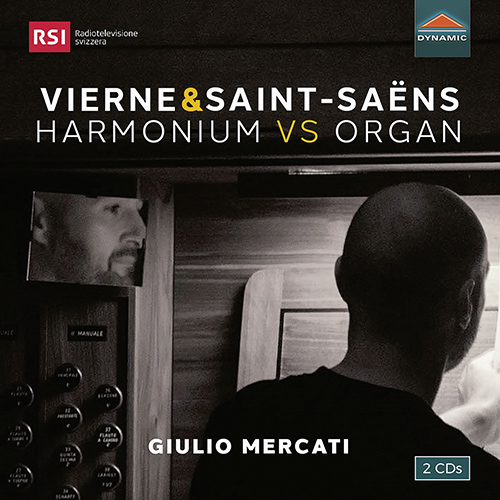
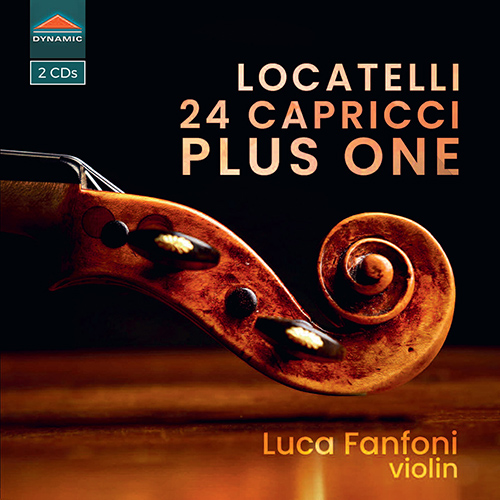
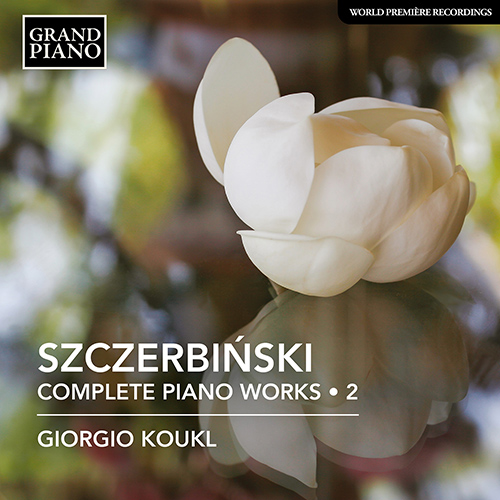
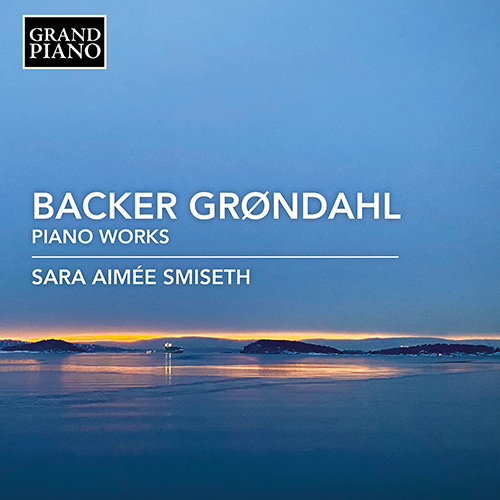
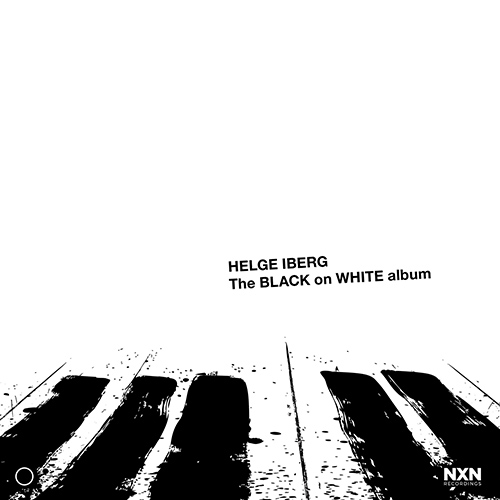
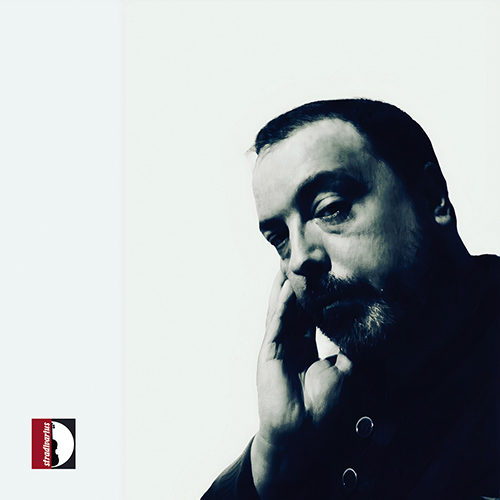
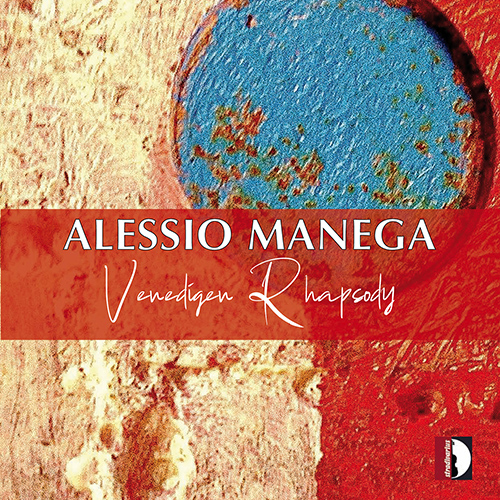
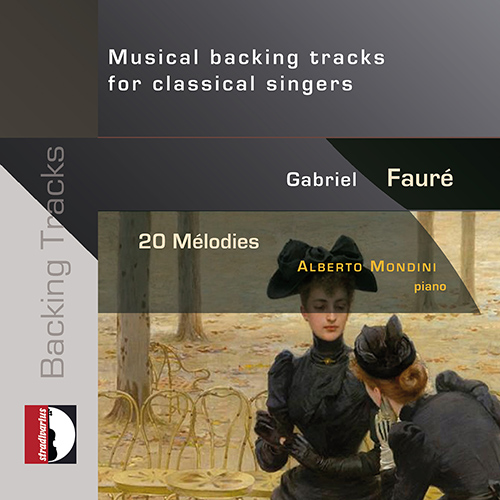
![SAARINEN, T.: Third Practice [Ballet] (Tero Saarinen Company, 2021) • Rooted with Wings (Dance Documentary, 2018) SAARINEN, T.: Third Practice [Ballet] (Tero Saarinen Company, 2021) • Rooted with Wings (Dance Documentary, 2018)](../../../sharedfiles/images/cds/hires/BAC198.jpg)
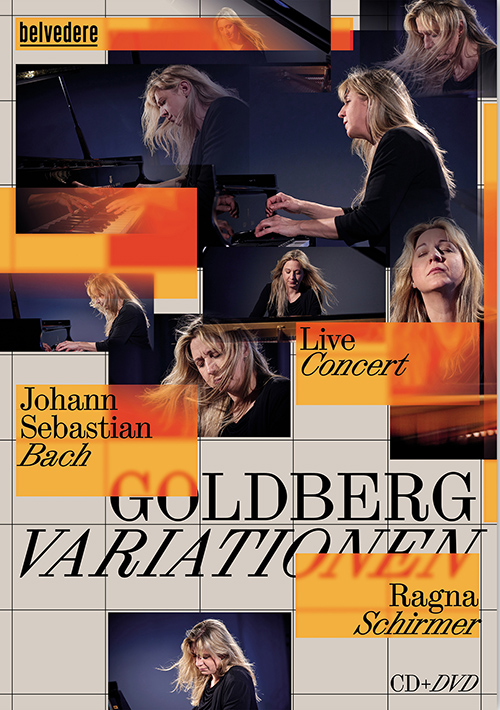
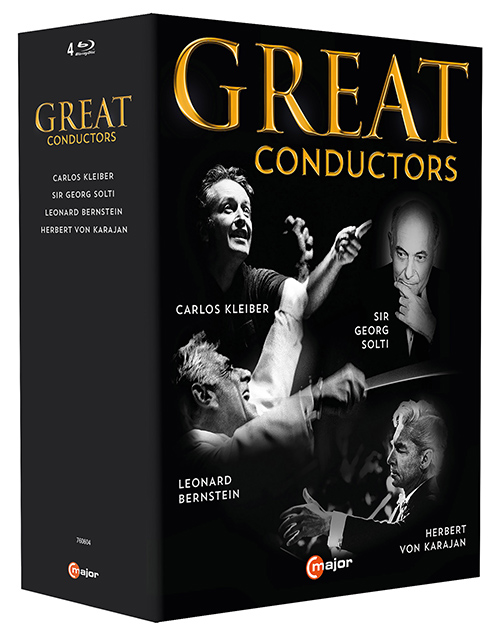
![GIORDANO, U.: Siberia [Opera] (Maggio Musicale Fiorentino, 2021) GIORDANO, U.: Siberia [Opera] (Maggio Musicale Fiorentino, 2021)](../../../sharedfiles/images/cds/hires/DYN-37928.jpg)
![PUCCINI, G.: Manon Lescaut [Opera] (Royal Opera House, 1983) PUCCINI, G.: Manon Lescaut [Opera] (Royal Opera House, 1983)](../../../sharedfiles/images/cds/hires/OA1342D.jpg)
